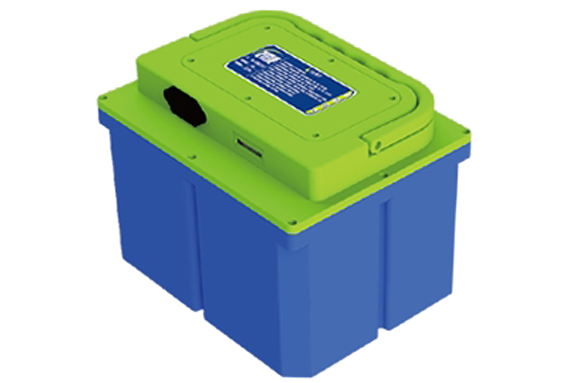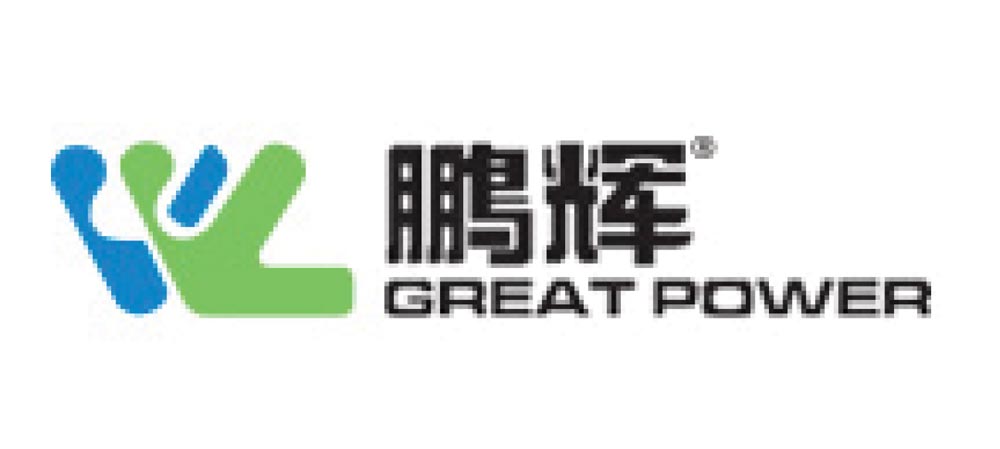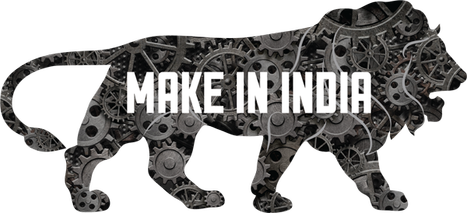
10-2-99/1, No. 304,
Sterling Grand CVK, West Marredpally,
Hyderabad - 500026, Telangana.

No. 6-129/B, Survey No. 670 & 671
Lalgadi Malakpet, Shamirpet Road
Hyderabad - 500078,
Telangana.

+91 9866011445
support@roshantechnologies.in
www.roshantechnologies.in
Applications
Global Experts Innovative Lithium Ion Battery Solutions

Portable Energy
Storage Systems for Solar Street Lights

Small Energy
Storage Systems for Telecom & UPS

Medium Energy
Storage Systems for UPS & Hybrid Solar Systems

Large Energy
Storage Systems for Microgrid & MW Level Peak Shaving

High Energy
Batteries for Electric Vehicles
WHY CHOOSE LFP BATTERIES ?
Rechargeable Lithium Iron Phosphate Battery
Safest
Moderate
Efficient
Performance
Easy Maintenance
Protection Circuit Board
LiFePo4 Performance Curves

LifeP04 Charge Voltage vs SoC

Voltage & SoC of LiFePO4 at Different Temperatures

Charging Duration at Different Current Limits

Discharge Voltage at Different Load Currents

Temperature Effect on Capacity

Self Discharge Characterstics
General Performance Characteristics of Li-Ion Batteries

| DESCRIPTION | NCA | NMC | LFP | LTO |
|---|---|---|---|---|
| Nominal Voltage (V) | 3.6 | 3.6 | 3.2 | 2.4 |
| Operating Voltage/Cell (V) | 3.00 - 4.20 | 3.00 - 4.20 | 2.50 - 3.65 | 1.80 - 2.85 |
| Operating Temperature (°C) | 0 to 45 | 0 to 45 | 0 to 55 | -20 to 45 |
| Specific Energy (Wh/KG) | 200 - 260 | 150 - 220 | 100 - 120 | 70 - 80 |
| Max. Charging Current | 0.7 C (3 Hours Charging Time up-to 4.20V/Cell | 1 C (3 Hours Charging Time up-to 4.20V/Cell) | 1C (3 Hours Charging Time up-to 3.65V/Cell) | 5 C (1 Hour Charging Time up-to 2.85V/Cell) |
| Max. Discharge Current | 1 C up-to 3.0V/Cell | 1 C up-to 2.50V/Cell | 1 C up-to 2.50V/Cell | 10 C up-to 1.80V/Cell |
| Life Cycles @ 80% DoD @ 25°C | 500 | 1000 - 2000 | 1000 - 3000 | 3000 - 5000 |
Note: LFP battery is safe and reliable at high temperatures for a long-life performance.

Safety Recommendations
The SOA of Lithium Ion cells is bound by current, temperature and voltage.
- LFP cells may get damaged and may burst into flames if over charged above a recommended voltage.
- LFP batteries may get damaged if allowed to be discharged below a recommended cut-off voltage
- LFP batteries lifetime may get drastically reduced if operated beyond recommended temperature range.
- LFP batteries lifetime may get reduced if discharged at too high current or charged too fast.
LFP battery safety BMS is must.
- To prevent the voltage of any cell exceeding the limit
- To prevent the temperature of any cell exceeding the limit
- To prevent voltage dropping of any cell below a certain limit
- To prevent the charging current from exceeding the limit
- To prevent the discharging current from exceeding the limit
OUR TECHNOLOGY PARTNERS





